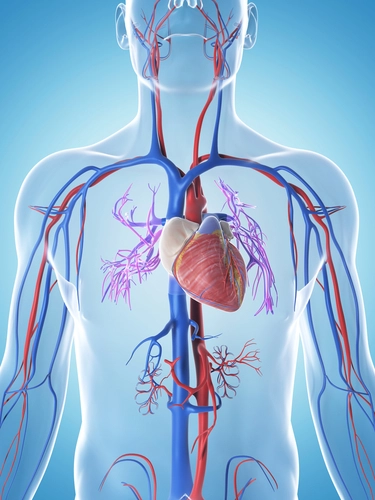Choose From 45 New Non-Pressure Chronic Ulcer Codes for Precision Podiatry Reporting

New "without necrosis" codes join new toe fracture codes for improved documentation. As of Oct. 1, 2017, 300 new diagnosis codes have come into play, and the field of podiatry has received its fair share of those changes. Some of them involve cosmetic descriptor revisions, while others involve more specificity in recording chronic ulcer diagnoses, toe fractures and more. So, read on for a comprehensive overview of the codes that will impact your practice in the months and years to come. Make Sense of the New Non-Pressure Chronic Ulcer Codes Additions: You now have 45 new non-pressure chronic ulcer code options to choose from. These new ulcer codes will add more specificity, but they may also affect the ability to dispense diabetic shoes because these are used to relieve pressure from areas of the foot, says Arnold Beresh, DPM, CPC, CSFAC in Newport News, Virginia. Caution: As with the existing non-pressure chronic ulcer codes, you must first code any associated underlying condition like associated gangrene (I96) or diabetic ulcers (E08.621, E08.622, E09.621, E09.622, E10.621, E10.622, E11.621, E11.622, E13.621, E13.622), then you would add the appropriate chronic ulcer code to your claim form. You may be familiar with the current ICD-10 codes using the wording "non-pressure chronic ulcer with necrosis of muscle." The new codes add options for non-pressure chronic ulcers without evidence of necrosis. The new code choices are: You'll follow a similar code pattern for the right ankle (L97.315-L97.318) and left ankle (L97.325-L97.328). ICD-10-CM's "without necrosis" additions don't stop with the ankle. You'll also find similarly appointed codes for the unspecified, right, left sides of: Necrosis defined: Necrosis refers to how healthy the wound is, according to Jordan Meyers, DPM, partner at Raleigh Foot and Ankle Center and consultant at Treace Medical Concepts, Inc. in Raleigh, North Carolina. Necrosis is a sign that there is likely inadequate perfusion to the wound (vascular issue), Meyers says. "Without the sign of necrosis there is really nothing to debride by definition of the debridement codes; therefore, treatment is only wound care," Beresh adds. Important: Watch out for the key descriptor terms "with bone involvement" versus "with muscle involvement." This distinction helps define the depth of the wound and how much treatment may be involved, according to Meyers. The deeper the wound, the deeper the problem and the higher risk of infection or need for surgery. "Bone doesn't like to be exposed to air, so you have a higher chance of getting osteomyelitis in those wounds," Meyers adds. Pay Attention to Word Changes in Code Descriptors Revisions: For several code descriptors, only one word will change: "extremities" to "extremity." In other words, instead of the current descriptor of "Embolism and thrombosis of superficial veins of right lower extremities" for I82.811, you will see the code descriptor of "Embolism and thrombosis of superficial veins of right lower extremity." This language holds true for: Tack on This Toe Fracture Descriptor Change Additionally, in several toe fracture code descriptors, the word "medial" will change to "middle." This change will impact both displaced and nondisplaced toe fracture codes. Toe fracture codes that will be impacted include: "This revision makes the code specific to the middle phalanx and not to the direction of the bone placement being medial or lateral," Beresh says.




